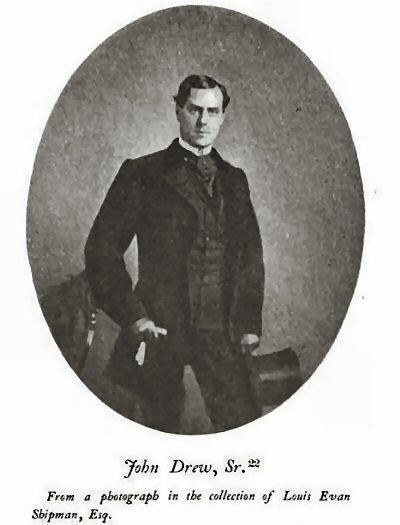Name John Drew Role Astronomer | Died December 17, 1857 | |
 | ||
John drew 24 points vs la lakers 1984
John Drew (1809-17 Dec. 1857), was a self-educated English astronomer.
Contents
Early life and education
Drew was born at Bower Chalke, Wiltshire, in 1809. His father died when Drew was only a year old. Drew was self-educated. He was so successful at this that by the age of fifteen he was prepared to teach professionally. He spent two years as an assistant in a school at Melksham, after which he moved to Southampton, where he taught for another sixteen years. He was a corresponding member of the Philosophical Institute of Bâle, and had taken a degree of doctor in philosophy at the university of the same place.
Career
Drew's first celestial observations were made with a three and a half foot refractor. In 1847, he installed a five-foot achromatic telescope by Dollond, mounted equatorially, in a small observatory he built for the purpose in his garden. With the help of a transit circle by Jones and of the Beaufoy clock, lent by the Royal Astronomical Society, he very accurately determined the time, and supplied it during many years to the ships leaving Southampton.
He published a number of papers on astronomy, geology, and meteorology. At the Southampton meeting of the British Association in 1846, Drew was appointed one of the secretaries of the mathematical section, and printed for the use of the association a pamphlet ‘On the Objects worthy of Attention in an Excursion round the Isle of Wight, including an Account of the Geological Formations as exhibited in the Sections along the Coast.’ Also, on 9 January 1846, he was elected a member of the Royal Astronomical Society
Between 1848 and 1853, he took systematic meteorological observations, and summarised the results in two papers on the ‘Climate of Southampton,’ read before the British Association in 1851 and 1854 respectively. Invited to assist in the foundation of the Meteorological Society in 1850, he wrote a series of papers ‘On the Instruments used in Meteorology, and on the Deductions from the Observations,’ which were extensively circulated among the members of the society, and formed the groundwork of a treatise on ‘Practical Meteorology,’ published by Drew in 1855, and re-edited by his son in 1860.
His last work was a set of astronomical diagrams, published by the Department of Science and Art in 1857, representing the moon, planets, starclusters, nebulæ, and other celestial objects.
Death
Drew died after a long illness at Surbiton in Surrey, on 17 Dec. 1857, aged 48.
